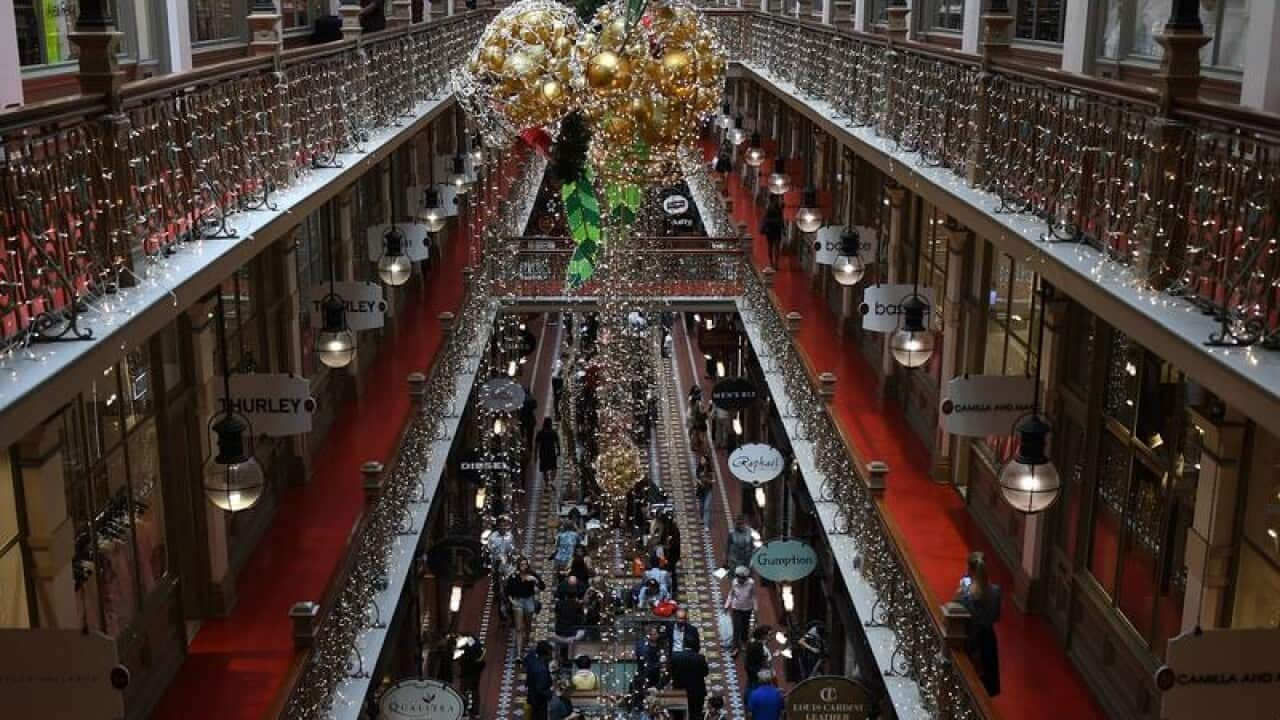Retail spending rose 0.4 per cent in November, beating market expectations, in a sign that Australians have well and truly embraced the the Black Friday and Cyber Monday discount sales.
Seasonally adjusted retail spending was $27.12 billion for the month, up from $26.99 billion in October, according to Australian Bureau of Statistics data released on Friday.
Economists had predicted a turnover boost on the nation's relatively recent embrace of Black Friday and Cyber Monday sales seen in the US.
"Household goods retailing (1.2 per cent) led the rise" said Ben Faulkner, Acting Director of Quarterly Economy Wide Surveys, "while there was also a notable rise for clothing, footwear and personal accessories retailing (1.5 per cent)."
However, some analysts say the discount frenzy could also see quieter December figures.
"The rise of Black Friday, Cyber Monday and Click Frenzy sales have seen households bring forward their Christmas shopping and Boxing Day Sales shopping into November," NAB said in a note on Friday morning.
"Reports from retailers, e.g. Kathmandu's recent profit warning, suggest sales in December were weaker than in November."
A string of Australian retailers have closed in recent times, including Marcs, Pumpkin Patch, Payless Shoes and Roger David, while department store Myer has struggled.
E-commerce drove spending in November, with the ABS estimating that 6.6 per cent of total spending was done on the web, up from 5.5 per cent of total spending in November 2017.
BIS Oxford economist Sarah Hunter said the data also confirmed conditions for households remained somewhat challenging, which has kept a lid on growth in turnover.
"Although wage growth has picked up slightly it remains weak in absolute terms," she said.
"And with dwelling rents stagnating and interest rates on hold, increases in income from non-employment sources have also been limited".
She said this would likely see retail turnover growth remain weak in 2019.
The November result was better than the 0.3 per cent rise expected by the market, with the Australian dollar spiking above 72 US cents on the release, before cooling to 71.96 at 1135 AEDT.
There was a monthly rise in food retailing, up 0.2 per cent to $11 billion, as well as a lift for department stores, up 0.4 per cent to $1.57 billion.
Spending at cafes, restaurants, and takeaway services retailing fell 0.1 per cent to $3.81 billion.
In seasonally adjusted terms there were spending jumps in New South Wales (0.8 per cent), Queensland (0.4 per cent), Western Australia (0.6 per cent), the Australian Capital Territory (1.6 per cent), and Victoria (0.1 per cent).
South Australia was relatively unchanged while there were falls in the Northern Territory (0.9 per cent), and Tasmania (0.2 per cent).

